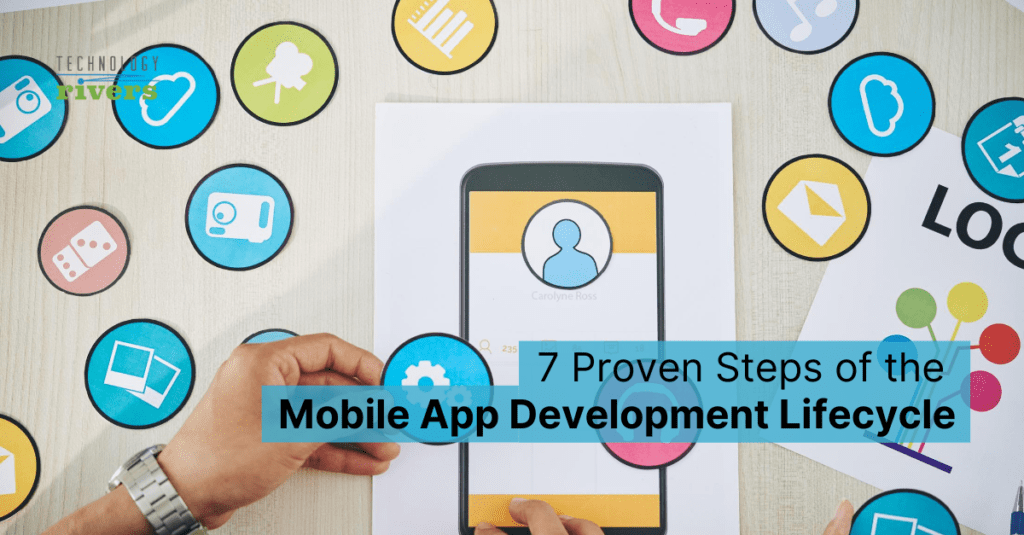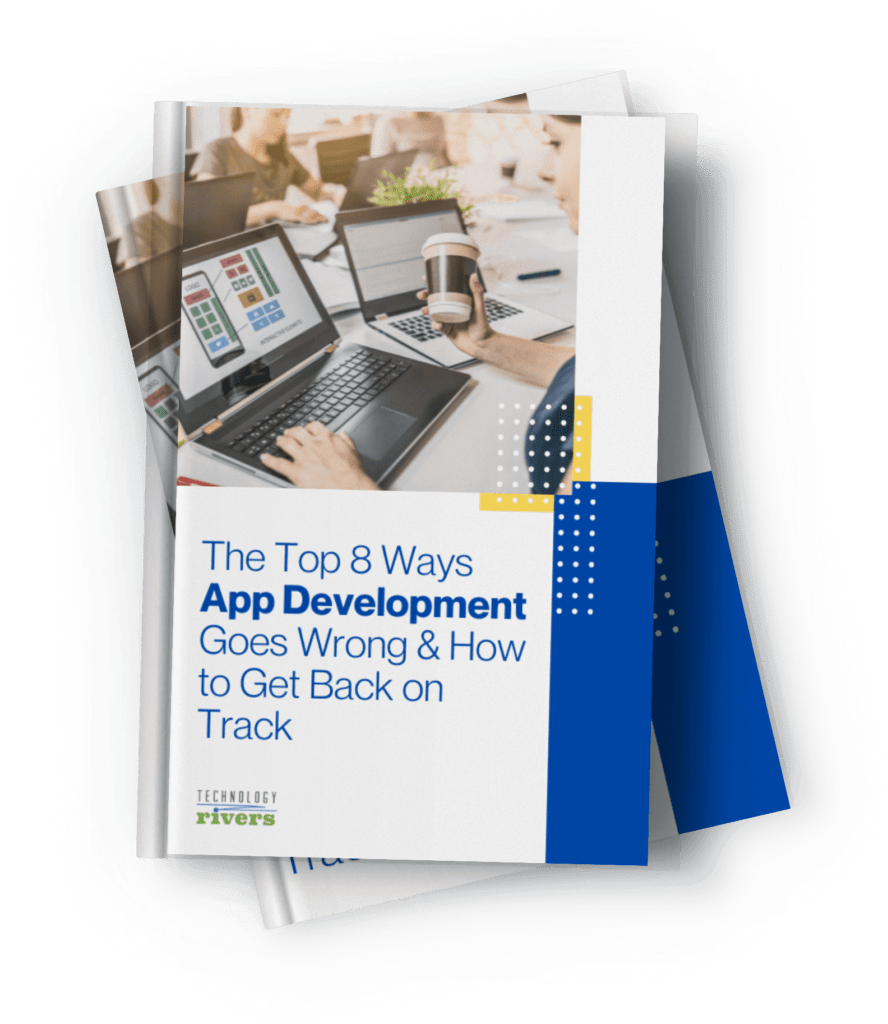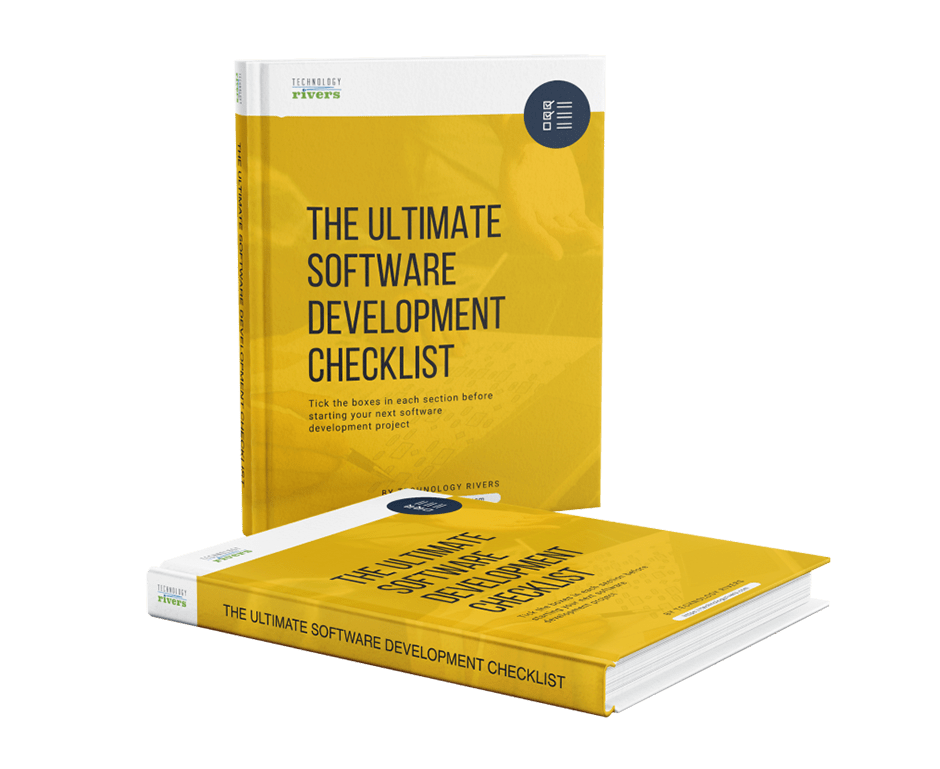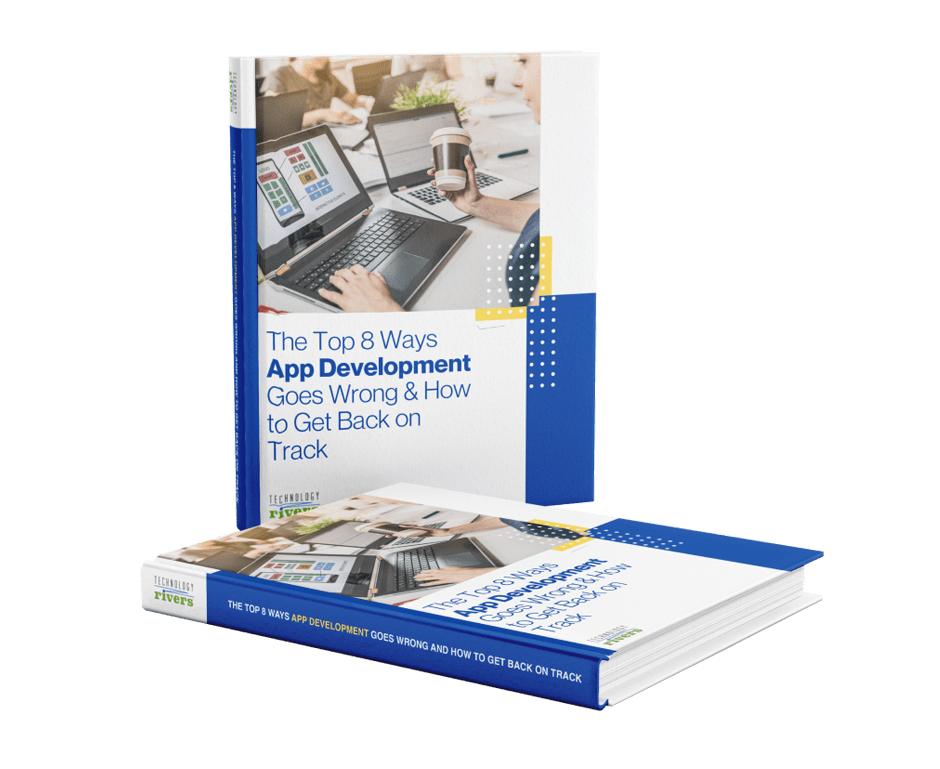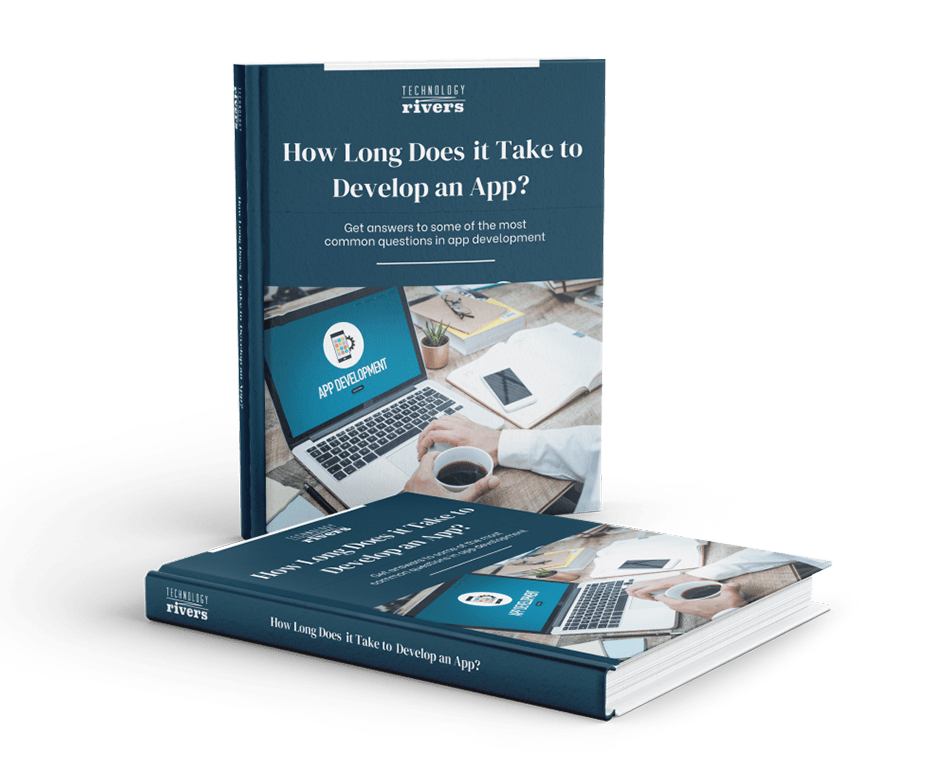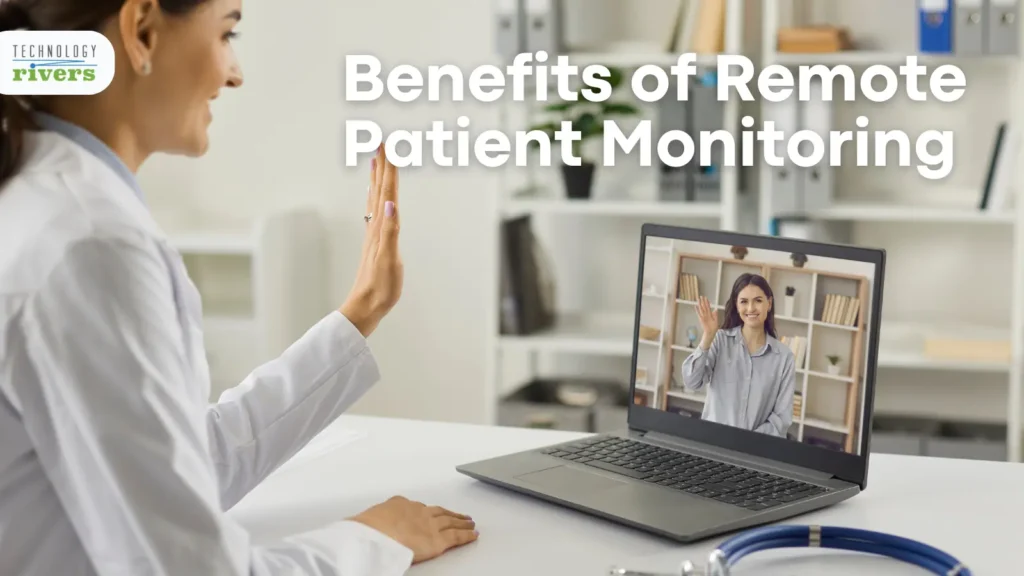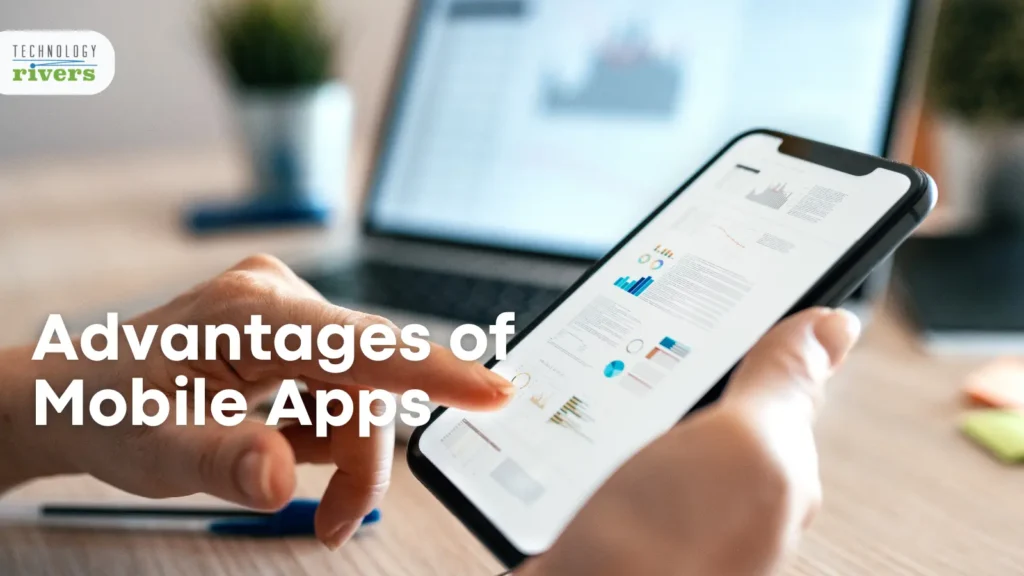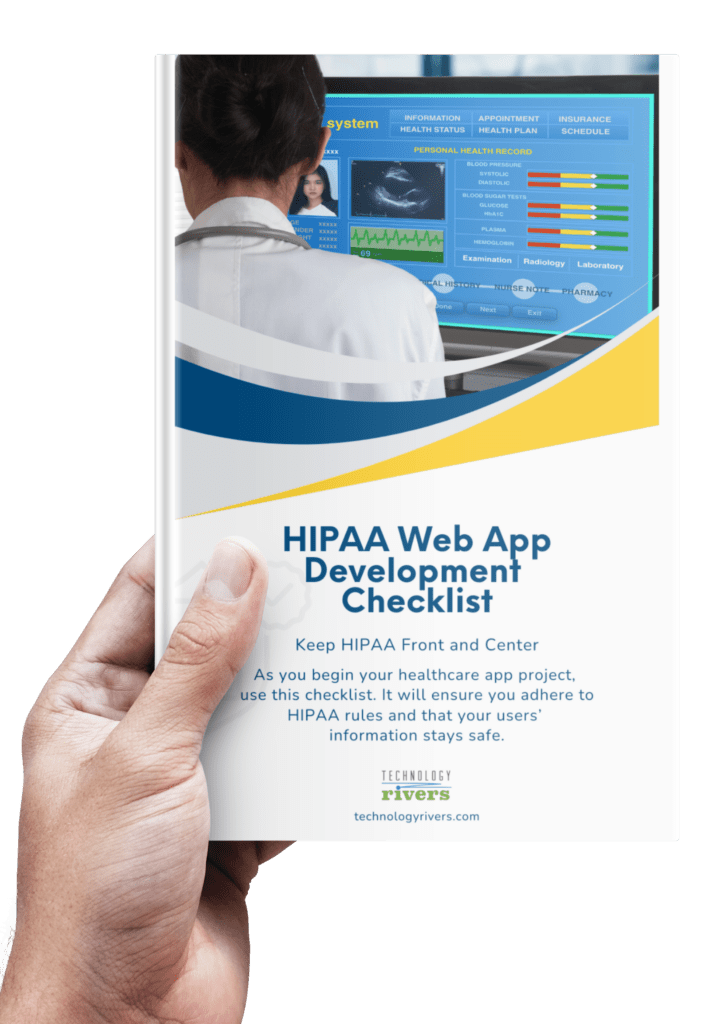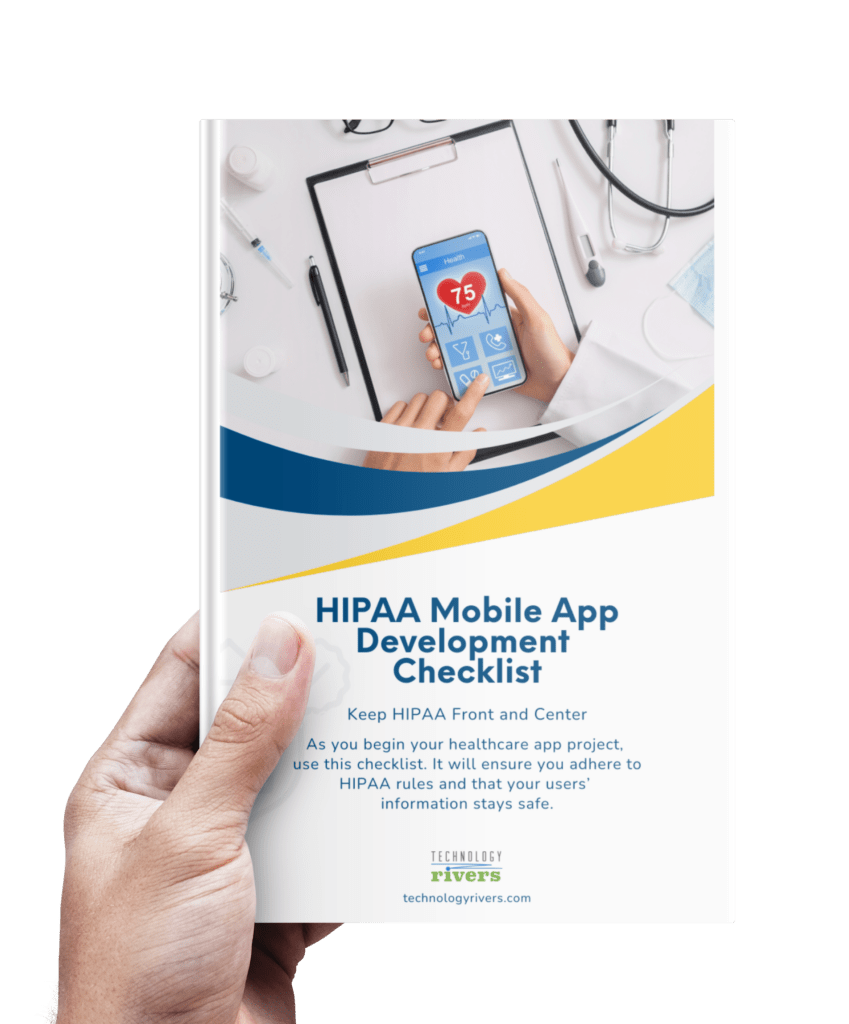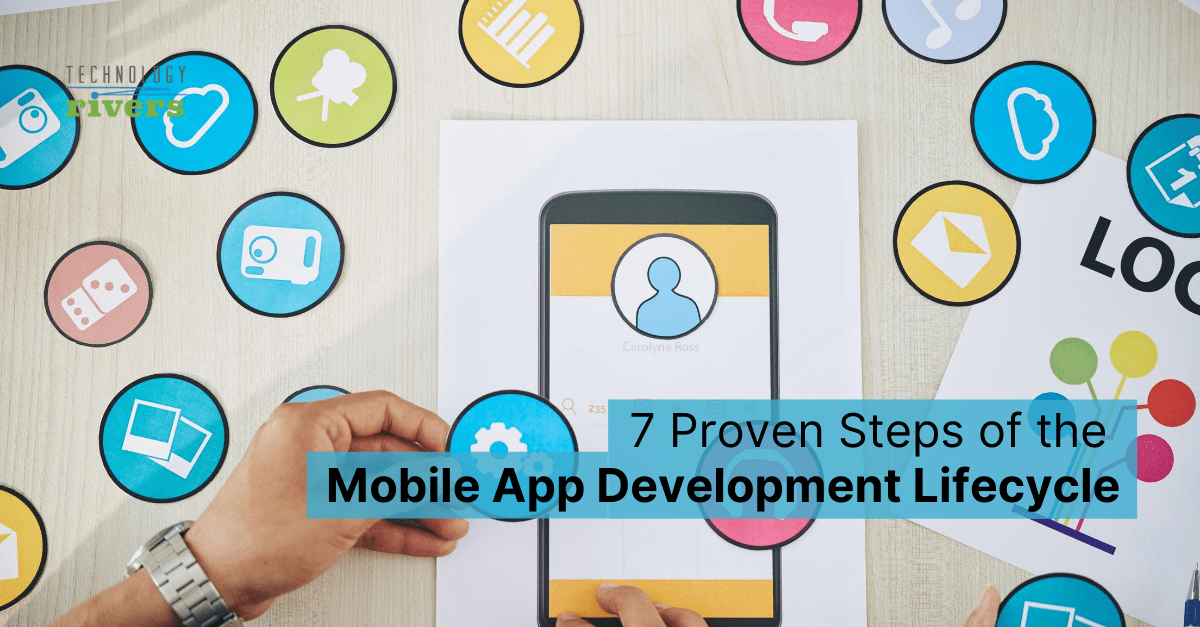
Blogs » 7 Proven Steps of the Mobile App Development Lifecycle
Table of Contents
Whether you’re running a retail business or your company is part of the service industry, there are many benefits for offering a mobile app to interact quickly and easily with your customers. A mobile app provides a new way for your customers to conveniently connect with your brand, make purchases, or build a network of relationships.
It seems that smartphone users prefer to use a company’s mobile app instead of their website on their phones, and according to Business2Community, 42% of the purchases made from their phones are made through mobile apps. The average mobile phone user has 30 apps downloaded on to their phones, and they spend more than 35 hours per month utilizing them.
But whatever the goal of your mobile app is, you’ll want to make sure it functions properly, adheres to industry and regulatory standards, and has a great overall user experience. Ensure its success by working with a team that follows the mobile app development lifecycle very closely.
So before you make the commitment to create a mobile app, you might want to learn more about what’s involved in the mobile app development lifecycle. There are a number of steps involved and you’d want to make sure you understand each step before beginning the process.
Your app development team will consult with all relevant stakeholders during each stage of the app build and answer any questions that arise. Each step is essential for creating the best app possible – from planning and testing to launching and maintaining the app.
Mobile App Development Lifecycle in 7 Steps
The mobile app development lifecycle can be boiled down to 7 stages.
- Planning State
- Application Architect & System Design
- Prototyping
- Development
- Quality Assurance
- Publishing
- Maintenance
Next, we’ll discuss each stage of the lifecycle in more detail.
1. Planning Stage
In the first stage of the mobile app development lifecycle, you research your place in the market and competitor’s app to get a feel for what you need out of an app. You do this in two ways: business analysis and mobile strategy.
With business analysis, you determine the value of the products and the return on investment (ROI) of the mobile app to help you decide on and maintain a budget.
During the mobile strategy, you research the market for your products or services and create user personas. You also create a detailed promotion plan and ways that you want your mobile app to grow your business.
2. Application Architect & System Design
During the second step, you decide on the needed type of tech products you want to use and create a detailed plan to keep you on track of your progress.
A technical writer normally works to create technical documentation. This documentation makes your app easy to understand and lays out ways to make changes in the app in the future.
A clear manual for your app adds value since it allows people to use it easily. It also makes it easier to reuse certain parts of the app in future endeavors. Aside from this, you can also use the documentation to ensure that you retain control over your company’s products.
3. Prototyping
In this step of the mobile app development lifecycle, a visual representation of the future app begins to emerge. You can use this visualization to correct any misconceptions about your product or company. This step may include:
- Sketch of the App: This will provide you with a clear picture of what the app would look like, its logic, the number of pages, and the ways the pages interact with one another.
- Create Wireframes: This shows the draft of the structure.
- Clickable Prototype: You can find logical breaks and technical inconsistencies to correct before launching the app.
- Create App Skins: Put together all wireframes to get a look at the final app.
4. Development
Application development for the mobile app is usually made of two parts: development of the mobile app front-end and the development of the back-end, which includes API and business logic.
Mobile App Front-End Development
This is often considered the development that goes on the mobile app. This includes the screen design for different mobile layouts, as well as integration of app screens with the back-end. The goal is to create an app that runs on different devices smoothly, while providing a meaningful experience for the users. During this step, a layer of the app is created and individuals are able to interact with it directly.
Back-End API Development
This part of development process concerns itself with the server and database. Back-end development includes API layer as well as business logic, data storage, and retrieval. In this step of the mobile app development lifecycle, the front-end of the app gets connected to the server and data to provide and collect information.
5. Quality Assurance
Before your company releases anything for its customers to use, you want to know that it works properly and provides a benefit to your clients. Quality assurance is the stage where you find this out. For compatibility testing, you run the app of different size screens and a variety of platforms to ensure it works correctly on each.
To get feedback from actual users, beta testing releases the app to a few customers. Meanwhile, interface testing verifies the performance of navigation, menu, and buttons. You must do safety testing in this phase to ensure you’re protecting your client’s information.
In low-level resources testing, you determine how your app works when the device isn’t functioning at 100 percent, such as when there is a weak internet connection or a low battery. You want to know that the app will still function properly.
6. Publishing
In the final stage of the mobile app development cycle, you want to ensure that the app is running properly before launching it to your customer base. Apple iOS apps are published to Apple iTunes App Store, whereas Android apps are published to Google Play Store. Both app stores have certain guidelines to ensure apps are in compliance with certain rules and regulations.
Your app developer should be familiar with most of these guidelines and should be able to consult with you to ensure the mobile app can be approved without any issues. Once the app is published, you want to make sure that you have some sort of marketing campaign in place to make publishing the app a success.
7. Maintenance
You will need a continuing infrastructure support for your app. You can do this with an administration panel or cloud service. They’ll make sure the app continues to run smoothly. You also need to find an app store that will promote your app and move it to the top of the lists so more people find and use your app.
Partner With Technology Rivers
At Technology Rivers, we’re ready to help your company build a mobile app that promotes and grows your business. We have a history of successfully launching and maintaining apps for businesses of all sizes. We’ll help you through each phase of the mobile app development lifecycle. Contact us today for more information.s


